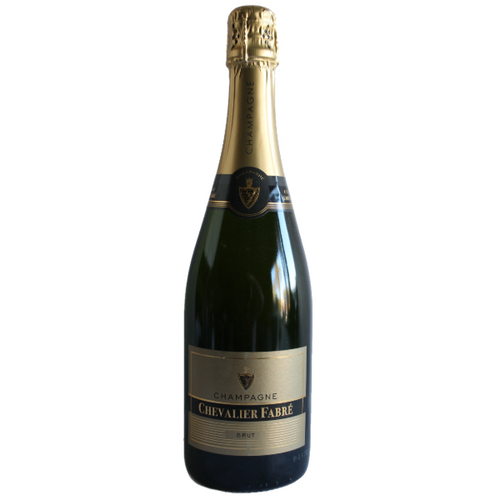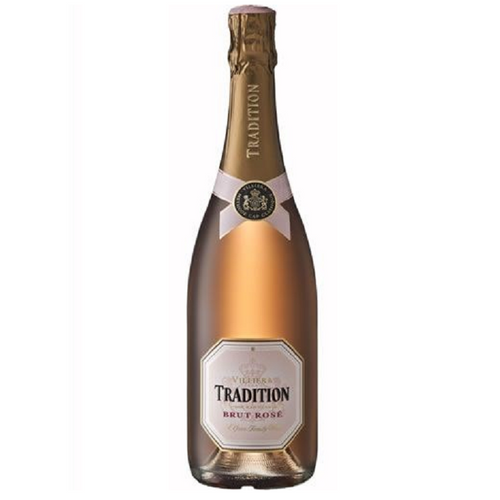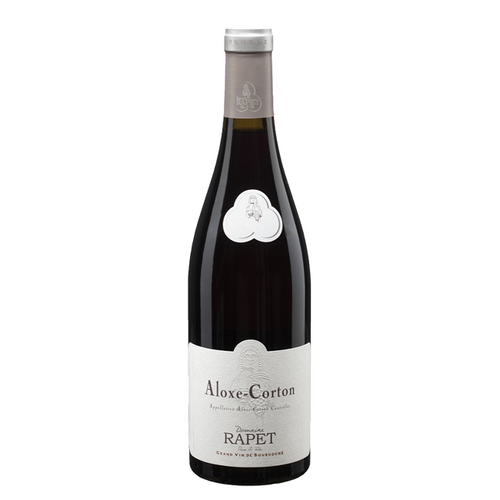Product Overview
Pedigree: The Janisson family has been present in the Grand Cru village of Verzenay on the Montagne de Reims for more than a century. They own 7 Ha of Grand Cru vineyards. Manuel Janisson, grandson of entrepreneur winemaker, Robert Arnould, established Maison Janisson & Fils in 1996. Later, he introduced the characteristic Janisson bottle style and built an avant-gard winery, designed by architect Giovanni Pace. More recently, Janisson & Fils was sold to LVMH and the label is being phased out. So this is offer is unlikely to be repeated. Janisson is modern, employing technology where possible to improve quality of the vineyards and the wine. Viticulture is aimed at sustainability with an emphasis on ethical farming and cellar practices, respect for terroir and authenticity.
Grape Varieties: 70% Pinot Noir and 30% of Chardonnay. 22% of reserve wines
Vintage: This is NV (Non Vintage), a wine blended to faithfully reflect the House's style.
Winemaking
Champagne is one of the most comprehensively prescribed wines in the world; from area of production, to yields per ton, to levels of dosage (sweetness), to time of lees aging. The intention is to guarantee the consumer a fine and consistent product every time! Champagne's meticulous control of quality has made it the envy of the world, not just the sparkling wine world but for all products of quality or pretending to quality. How many times have we seen a product described as "the Champagne of Fruit Juices" or "The Champagne of Coffee" or "The Champagne" of something else. Champagne protects its valuable marketing name very jealously and all those that attempt to capitalize on Champagne's name for legendary quality are assiduously pursued by the Champagne regulatory body CIVC.
Alcohol: 12%
Dosage 7 g/l
Tasting Notes:
Color: Precious green-gold glints with a very fine, persistent mousse (bubbles). Usually, I prefer to drink Champagne out of flutes although there is a growing trend to use regular white wine glasses. Flutes are long and narrow and provide an ample depth to observe the tiny bubbles, so carefully developed by the Methode Champenoise production method, as they lazily meander to the surface of the wine - gorgeous! We recently did a blind tasting to compare the same Champagne consumed out of flutes and other glassware. We preferred the flutes but there are some Champagnes, the heavier styles, that do show very well in regular white wine glasses. Never use the old, flat Champagne coupe!
Bouquet: My favorite Champagnes display a biscuit-like nose, achieved effortlessly in Champagne and in Janisson, and much desired in many other sparkling wines. There is a hint of lemon, a saline minerality and the faintest tease of an autolytic character from the development on the lees.
Palate: This is more an elegant and complex wine, and less a powerful Champagne, very much an aperitif. Janisson is Brut, which means dry and the wine is pleasantly dry without being swingingly so. The elegance persists to a pure, linear finish, still retaining the biscuit character. A faint hint of almonds infuses the wine as it sits in the flute.
When to Drink: Of course, Champagne is considered the indispensable tipple to celebrate important, happy occasions. True, there is no better drink for celebration but, so often, celebratory wines are opened, poured in small quantities, a toast is made, everybody downs their wine and goes back to whatever they were drinking before. And sadly, the quality and the character of the wine is not always appreciated. I drink Champagne every week, at the end of a work day and Friday especially, the end of the work week. How I look forward to a flute of cold Champagne to start my weekend and perhaps a second glass too!
Serving Temperature: 47° F - 50° F
Food Pairing: Janisson is a great aperitif wine, a wine that does not require food but is a delicious accompaniment to raw shellfish such as oysters, and sashimi, though go light on the soy sauce.
Drinking Window: Most NV Champagne is released ready to drink and Janisson is no exception. This wine has spent 24 months ageing. As the wine ages, the color darkens, and with extended aging, a small amount of the sparkling pressure may be lost. After the producer has aged the wine on the lees for the amount of time required by law, (most producers age on the lees for considerably longer than the law prescribes), the Champagne is disgorged, a process that serves to remove the lees. The wine is then sealed with the final cork and cage and readied for sale. I prefer to drink recently disgorged Champagnes, say 4 to 8 months after being disgorged. I find them fresher and racier. So, receive your Champagne, enjoy it, savor it, drink it, don't lay it down. Even though It will keep for a year or two I can't think of a good reason for doing so!






